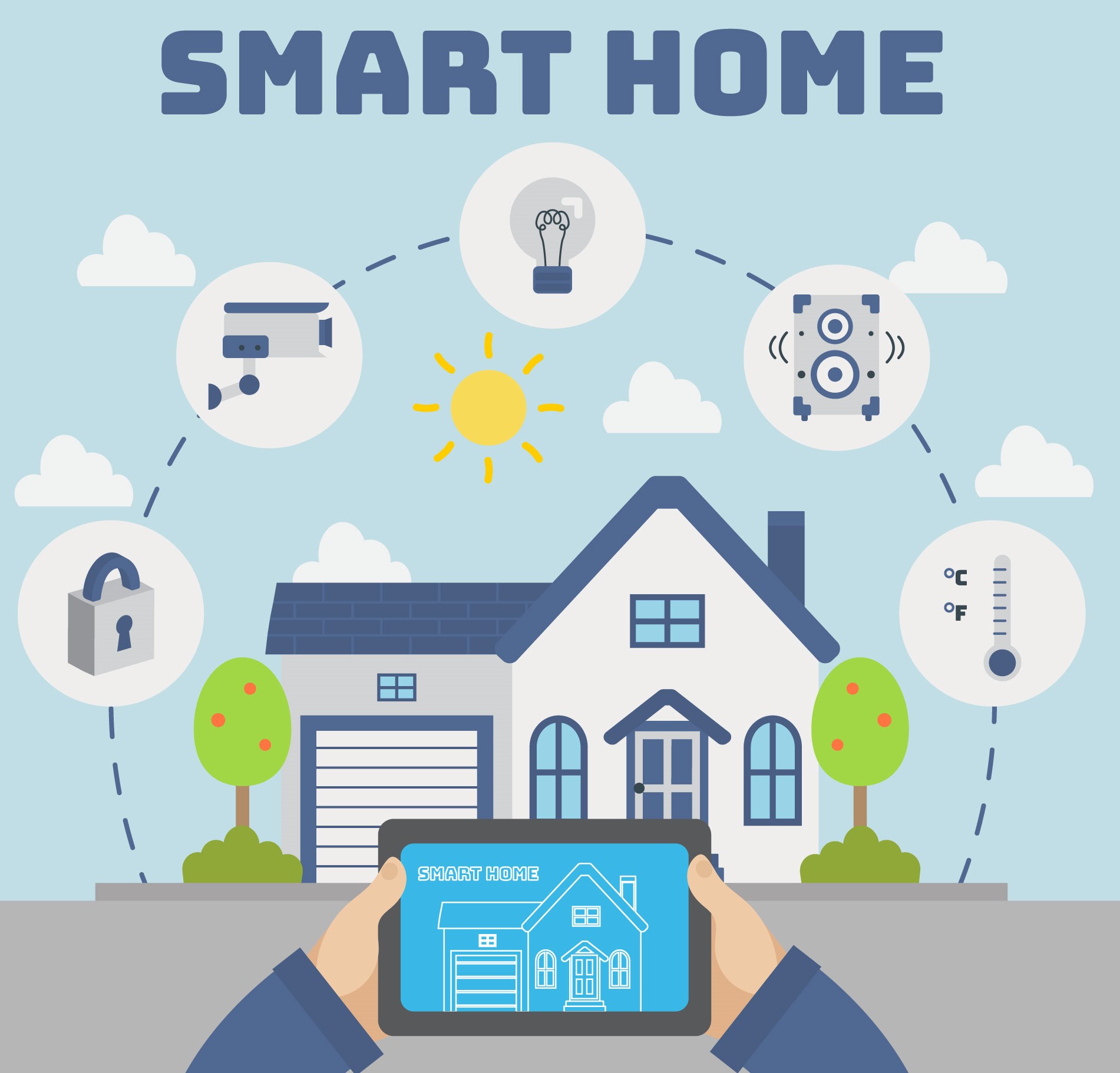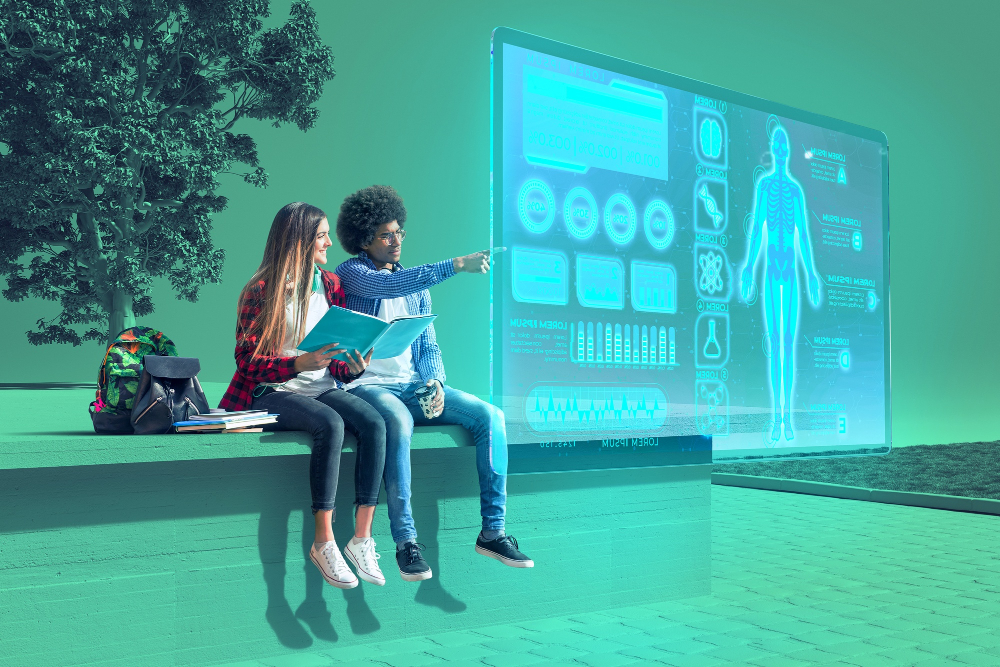Smart Homes Bring Convenience and Risks Together – Evaluating Proposed Advantages Versus Cybersecurity Issues
Smart homes that are fully connected and automated is no longer just an abstract concept; many households today are living the dream. Smart home technology includes devices and appliances connected to the internet that can be controlled remotely through smartphone apps, voice assistants or AI home automation systems. While connected and automated homes offer unprecedented levels of convenience, customization, energy efficiency as well as energy savings; they may also pose potential cybersecurity threats which must be carefully assessed prior to investment decisions being made.
The Benefits and Conveniences of Smart Homes
One key advantage to making the switch to a smart home for many homeowners is convenience. By connecting everything online and controlling it from your smartphone, smart home technology enables homeowners to turn on lights, adjust thermostat settings, unlock doors remotely or view video feeds with just a tap or voice command – as well as many other advantages such as:
- Automation and scheduling – Automating blind opening, light activation, temperature regulation and thermostat adjustment is an easy and effortless way to maintain the ideal home environment for yourself and your family. By automating such functions at preset times or with triggers like sunset, actions such as blind opening, light turn on/off activation adjusting can take place automatically at their appointed times or automatically on Sunset itself, eliminating the need to manually control these environments yourself.
- Remote access and control – Enjoy peace of mind while away by controlling and monitoring your home using smartphones or other connected devices, giving access to key services remotely such as unlocking doors for guests or service providers. This provides both peace of mind and practical conveniences such as remotely unlocking doors remotely for guests or service providers.
- Energy efficiency – Smart thermostats and appliances allow for precise tracking and management of energy use, including features that automatically shut-off when no one is present in a room, potentially saving significant costs over time.
- Customization and personalization – Smart devices can be organized into scenes or rooms to enable personalized control over lighting, music, temperature and other aspects of a room’s atmosphere. This provides convenient ways for users to set their ideal environment with lighting, music and temperature settings tailored just for them.
- Voice control – Voice-activated control allows for convenient home environment management when both hands are full or devices are out of reach. Voice assistants make this possible.
- Safety and security – Smart doorbell cameras, motion sensors and alarm systems enable video monitoring of unusual activity at your home and immediate alerts about it – this serves both to deter crime as well as provide remote visual confirmation for guests or deliveries.
Smart homes can bring additional safety, accessibility and peace of mind for families with elderly, disabled or child members by automating routine tasks and offering remote caregiving and health monitoring capabilities as needed.
Weighing the Cybersecurity Risks
While smart home devices bring many convenience and efficiency benefits for many homeowners, they also introduce cybersecurity risks which should be carefully evaluated. Hackers may target smart home systems more readily than they would traditional “dumb” homes; cyber criminals exploit security flaws on insecure connections in smart home networks to do anything from hijacking computing resources for illegal activities to monitoring live camera feeds remotely through compromised connections.
Specific cybersecurity risks to consider are as follows:
- Unauthorized access – Unsecure devices and connections allow hackers access. Flaws in device hardware, firmware updates and applications as well as incorrect consumer router settings often play a part.
- Data leaks – Smart devices collect an abundance of usage and home activity data which, if compromised by hackers, could be sold or exploited by criminals for profit.
- Spying and monitoring – Poorly protected security cameras allow criminals to eavesdrop on home activities through visual/audio feeds from these cameras and gain an inside track on your daily lives.
- Identity theft – When compromised, smart assistants and device sign-ins that store personal data could open the doors for identity theft.
- Device hijacking – Hackers may hijack connected devices’ powerful computing resources for unlawful purposes like cryptocurrency mining or DDoS attacks.
- Ransomware attacks – By seizing control of connected devices through ransomware attacks, criminals can demand large payments as ransom. Re-securing systems after such an assault can be very challenging and may necessitate replacing vital documents or patches to restore them to working condition.
- Physical security risks – Hackers could gain entry to physical security measures such as smart locks, garage doors and alarm systems and use these mechanisms to gain entry or bypass alarm systems and gain entry.
Addressing Security Concerns in a Smart Home
While the risks above should not dissuade you from adopting smart technologies in your home network, they do show why necessary precautions must be taken for its secure implementation and future operation. Below are several such recommendations as well.
Change default passwords –
Utilize unique, robust passwords when setting up and accessing the Wi-Fi router admin interface and all connected devices; do not rely on default passwords that came with them as default solutions.
Enable two-factor authentication –
To further protect accounts on devices and apps, enable two-factor authentication by adding biometric authentication or unique codes as secondary login steps for sensitive accounts.
Limit public Wi-Fi usage –
When possible, switch over to using secure private home Wi-Fi connections instead of public networks when communicating between devices.
Update firmware/software –
Make sure all smart devices and applications running updated software with the most up-to-date security patches installed; additionally enable auto updates where available.
Use a firewall/VPN –
Secure your home network with a firewall, while when accessing devices remotely use VPN to encrypt traffic and secure communications.
Limit app permissions –
Be cautious when assigning apps permission to your smart device data, disabling unneeded access.
Check for security certifications –
Keep in Mind the Certifications When Shopping Smart Devices
When purchasing new smart devices, always look out for certifications to verify robust protections are included as standard features.
Enable multi-factor authentication –
To increase protection, make sure your smart home accounts require secondary login authentication through codes or biometrics.
Isolate IoT devices –
Create a separate wireless network just for smart home devices to prevent potential IoT device hacks from impacting primary home networks.
Review data collection policies –
It is essential that device makers inform you what data is collected so as to limit unwanted exposure in case of a security breach.
Secure Your Smart Home Precisely Finding Balance Between Privacy, Convenience and Reasonable Security MeasuresUltimately, protecting a smart home requires finding an optimal balance between privacy, convenience and reasonable security precautions. Together these common-sense steps allow you to take full advantage of home automation capabilities without compromising data, privacy or safety – something any internet-connected technology requires of its owners in order to remain safe from malicious attack or compromise. Of course this requires some degree of active effort on smart home owners’ part; yet with intelligent choices and configuration strategies they can minimize risks while enjoying all its conveniences simultaneously!




